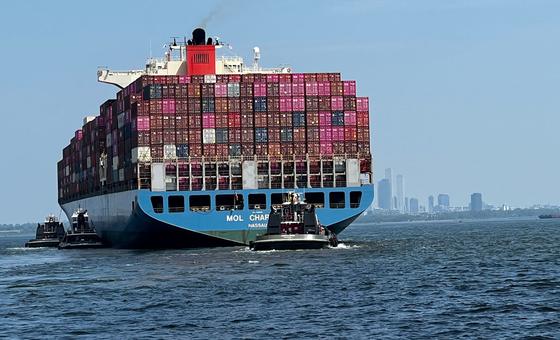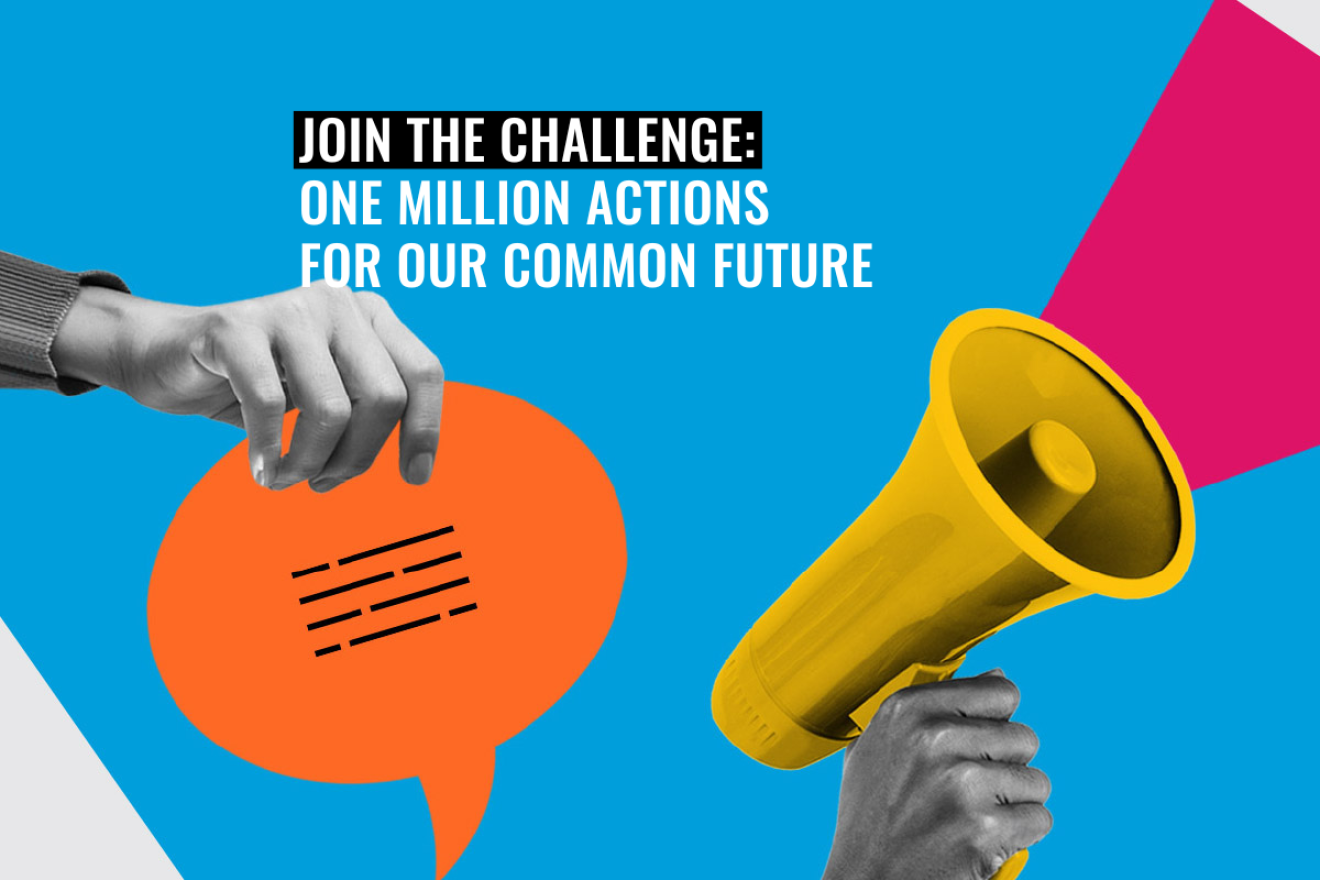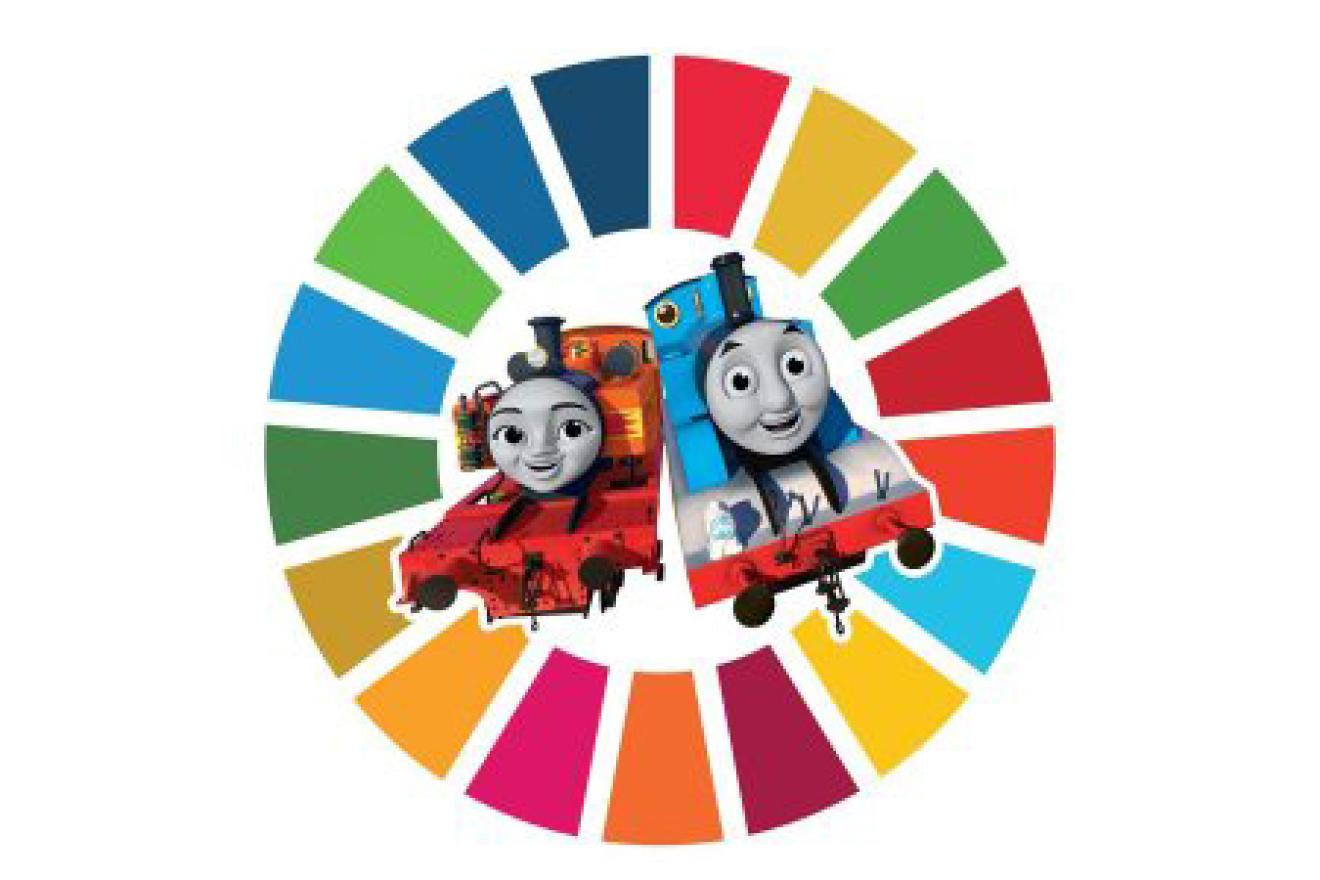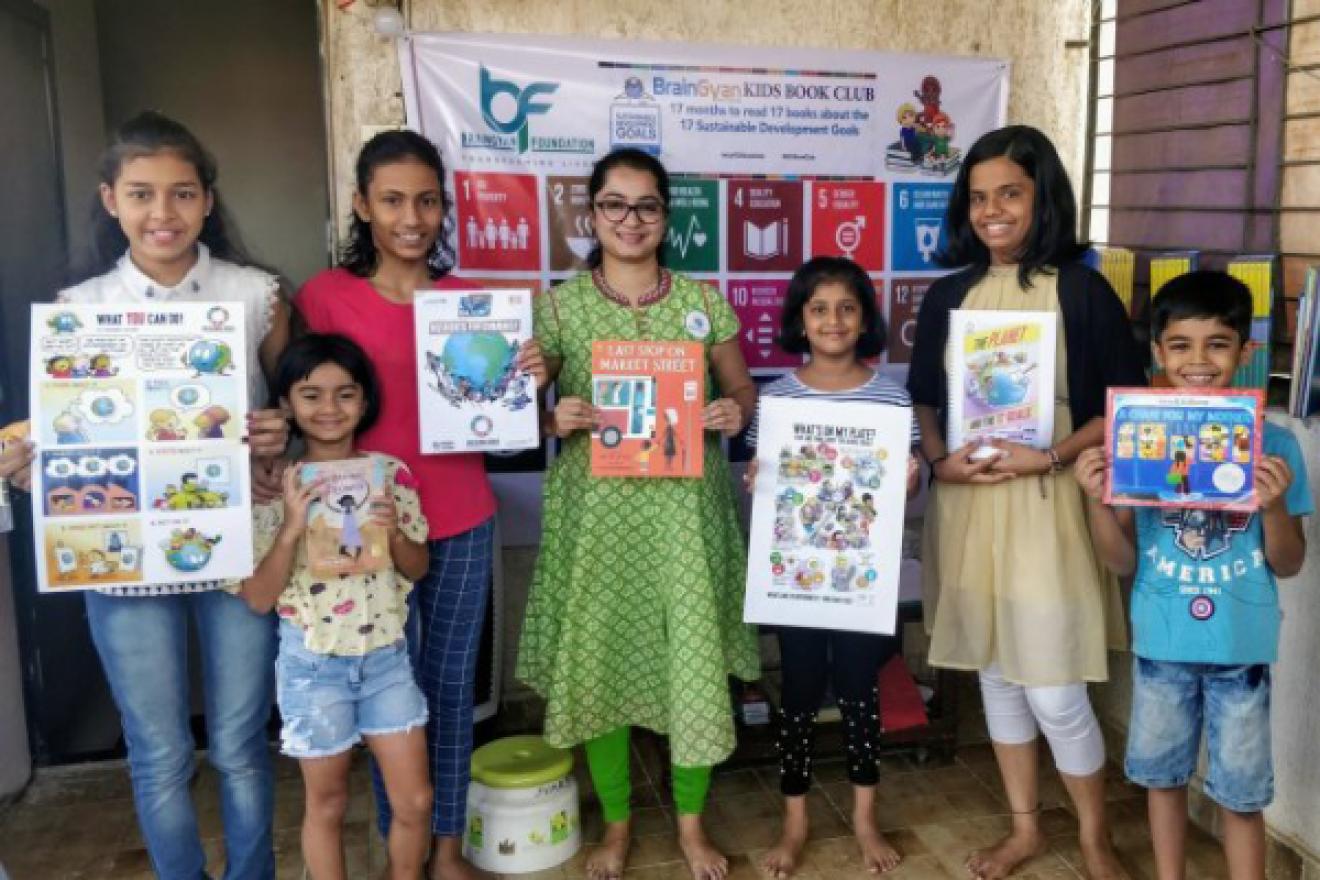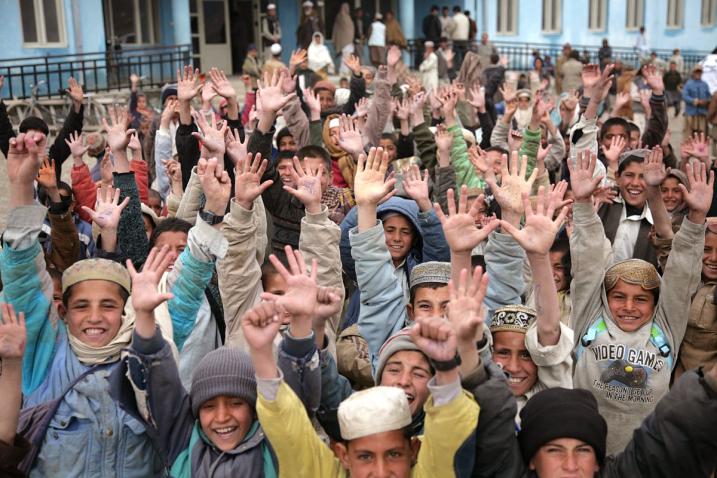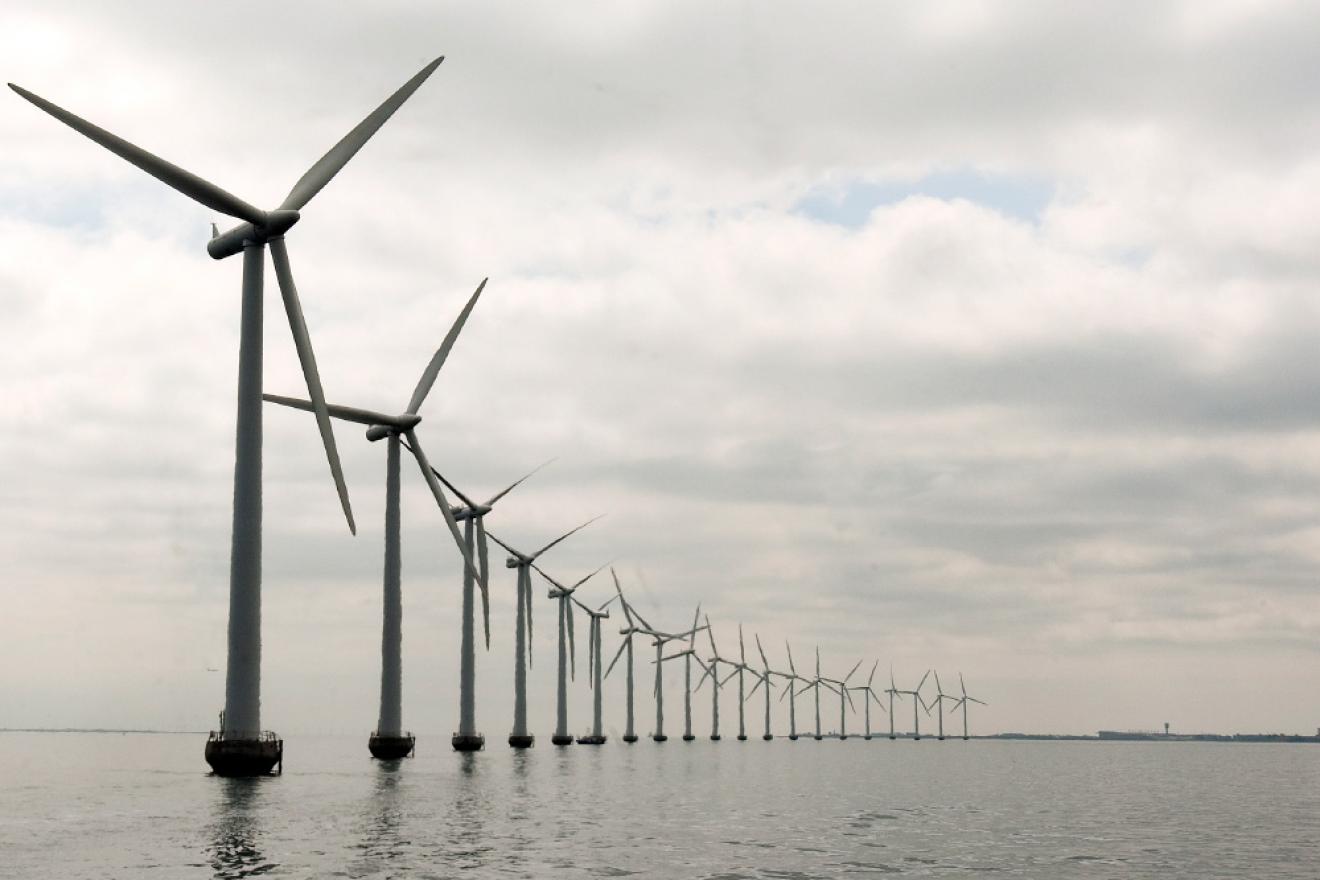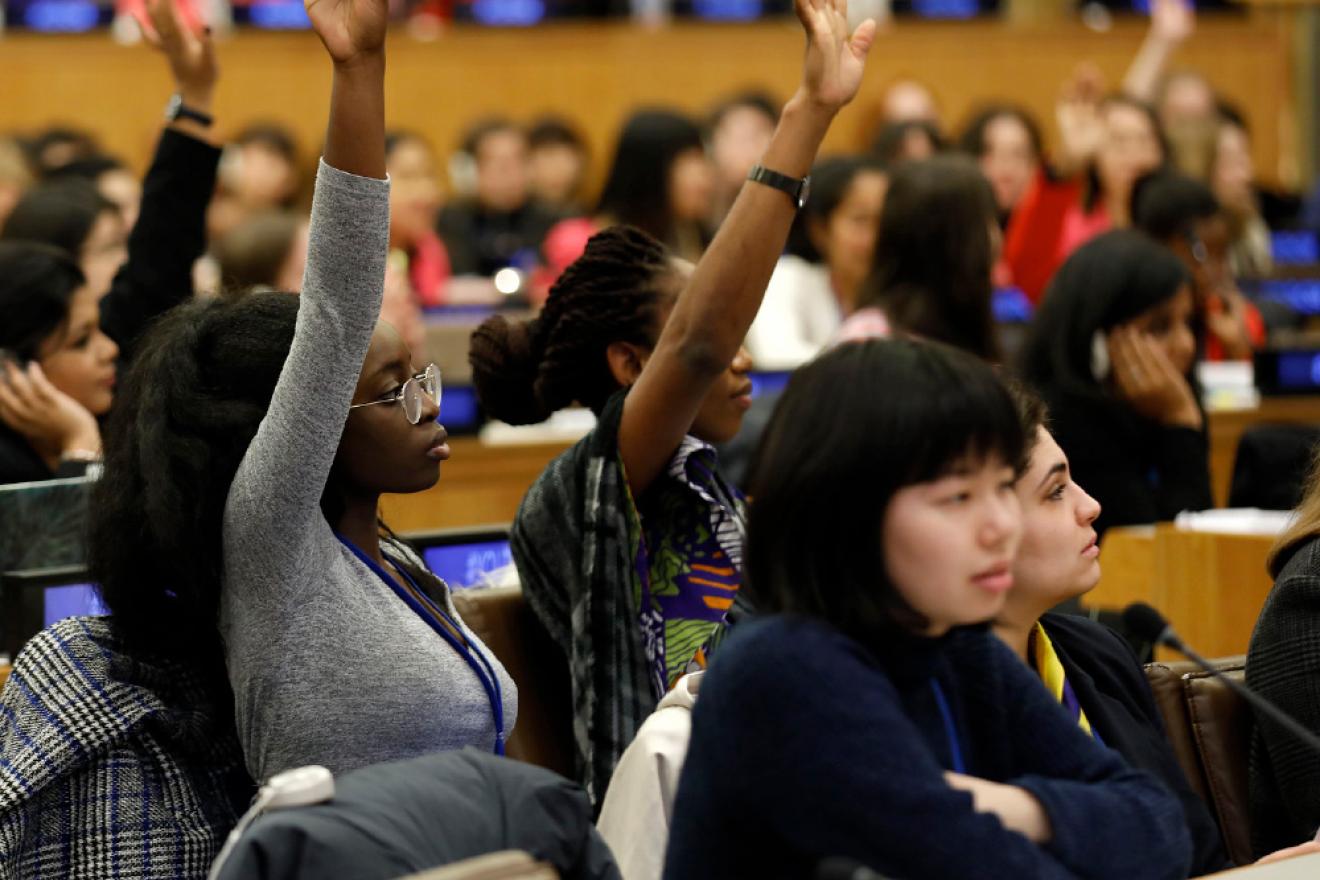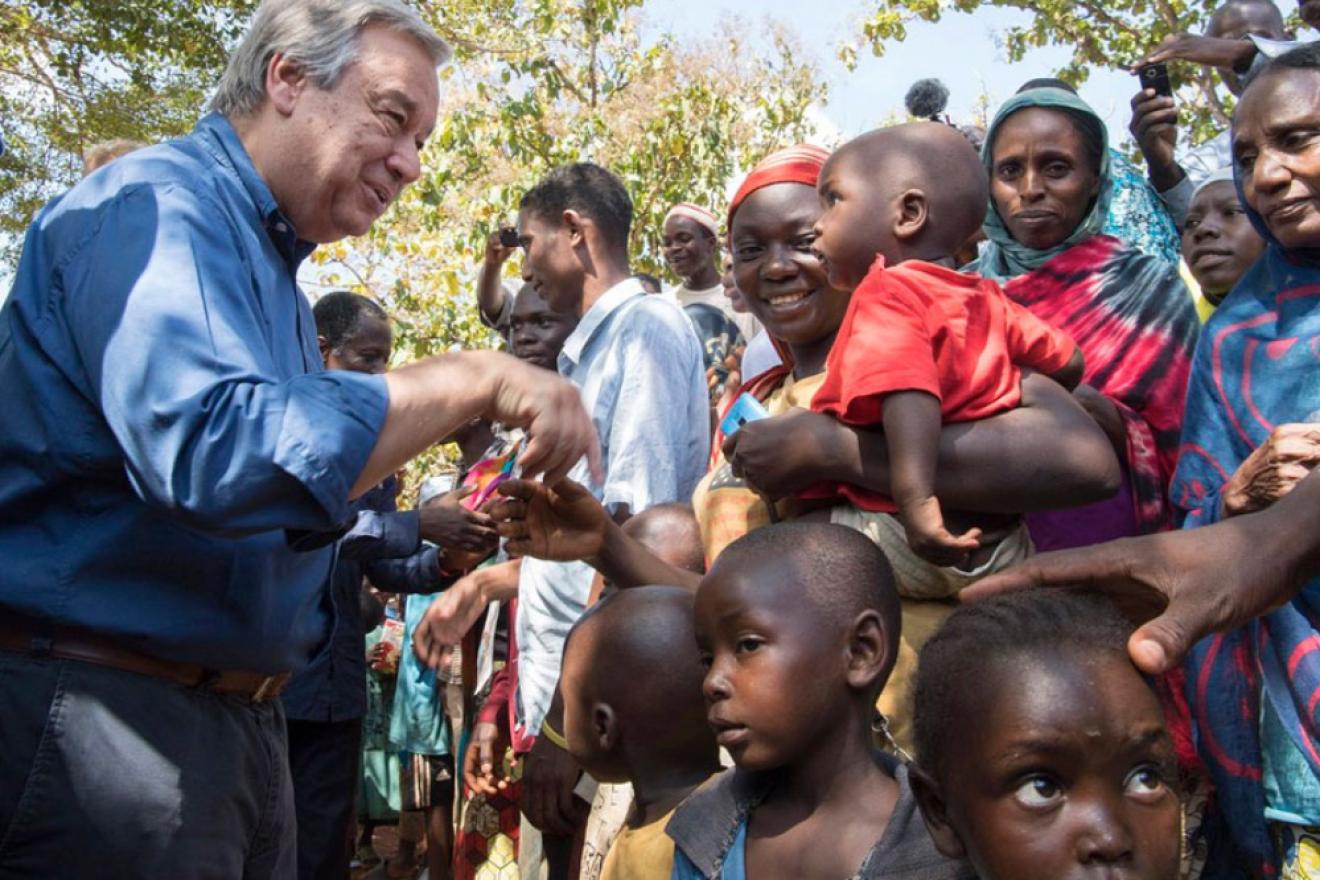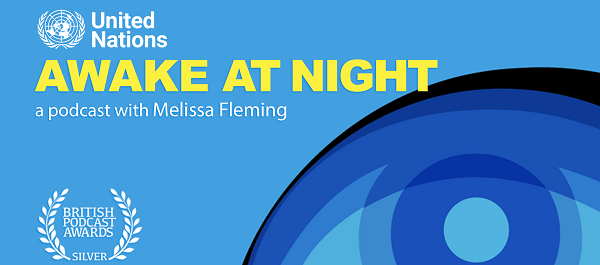ActNow is the UN campaign to inspire people to act for the Sustainable Development Goals (SDGs). In the lead up to the Summit of the Future, join the 1 Million Actions for our Common Future challenge to contribute to a more sustainable and peaceful world. Find new inspiring actions on the app and at un.org/actnow.
Celebrating the Steelpan
Celebrating World Steelpan Day (11 August), we acknowledge its cultural and historical significance. The steelpan is a musical instrument originating in Trinidad and Tobago. It is played using a pair of straight sticks tipped with rubber; the size and type of rubber tip varies according to the class of pan being played. Beyond its musical appeal, the steelpan has the potential in advancing the Sustainable Development Goals, through its use in sectors such as tourism, culture, education, as well as science, technology, engineering, arts and mathematics.


